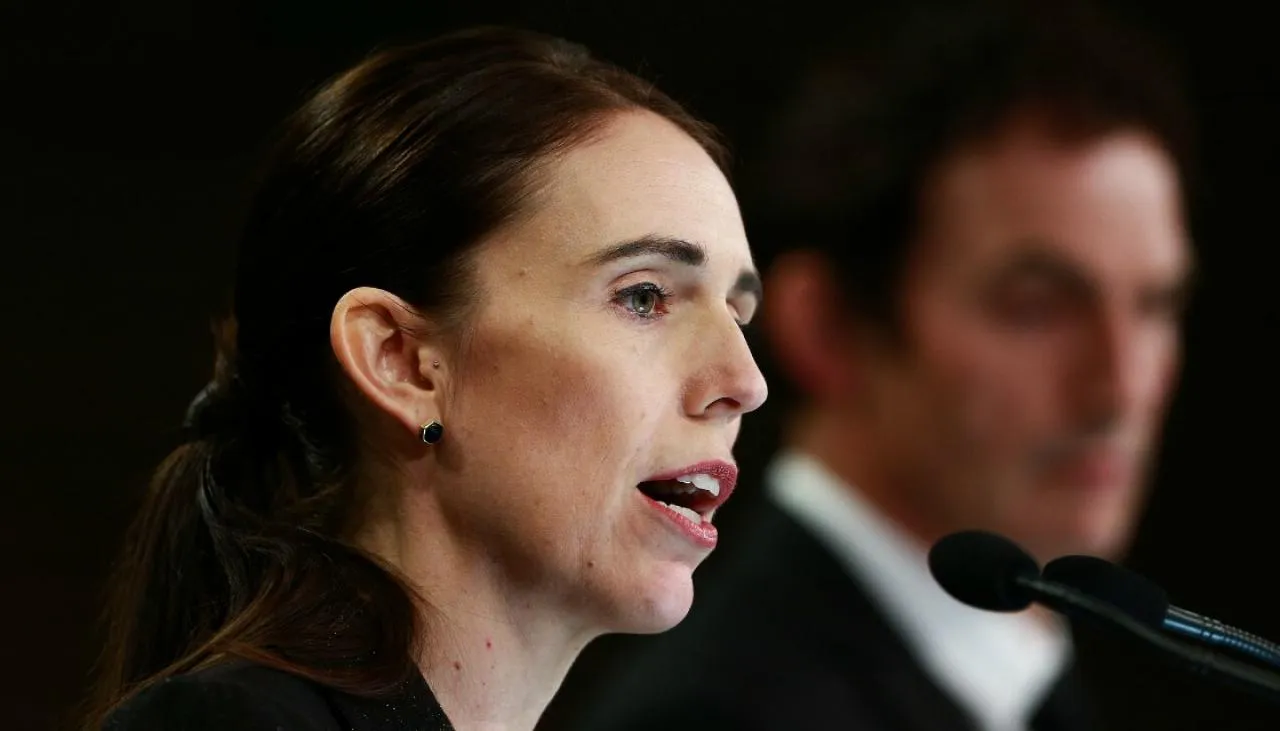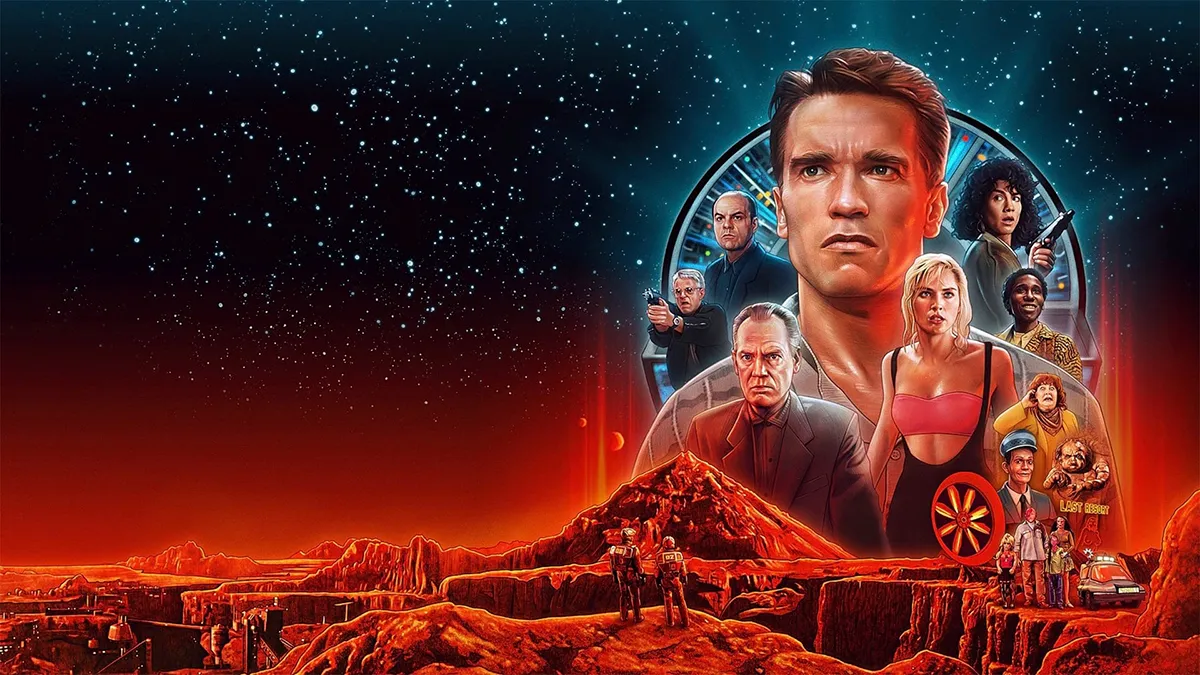Danyl Mclauchlan
Danyl McLauchlan works at the Victoria University of Wellington School of Biology. He is an author, and a regular writer and commentator on politics and public life.
By the end of 2019, Jacinda Ardern was a political superstar heading towards an election defeat. She was an icon, internationally beloved, on track to be an ex-prime minister before the age of forty. It was the year of the Christchurch terror attack when Ardern’s response to the atrocity saw her celebrated around the world. She was a new kind of leader: compassionate, unifying and kind, a candidate for a Nobel Peace Prize. But it was also her government’s year of delivery, a year in which few of the transformational changes in housing, climate change, tax reform, migration, healthcare or economic performance were actually delivered.
Every politician struggles to bridge this divide between the poetry of their campaign promises and the dreary prose of governing. For years John Key promised a brighter future that never seemed to arrive. And most people see through the slogans. We understand that it’s just marketing, that all politicians say such things. But Ardern was such a dazzling communicator she made the marketing seem genuine. When she spoke about governing with empathy it felt so real. Maybe a better world really was possible? Be kind? Could it be that simple?
Ardern is the embodiment of a very 21st century species of politician: the charismatic technocrat. Like Barack Obama, Emmanuel Macron and Justin Trudeau, she campaigned in the soaring, sometimes even revolutionary rhetoric of the left while governing as a cautious centrist. But for her first two years in power Ardern had less agency than any Prime Minister in our post-war era. Her coalition partner, New Zealand First was a deeply conservative party, financed by wealthy donors firmly opposed to the kind of change Ardern vowed to deliver. Her Deputy Prime Minister Winston Peters openly relished his role as a handbrake, strangling almost every policy Labour introduced. And she lacked a competent Cabinet. Years of infighting had left labour with only a handful of talented MPs. Nor could New Zealand’s public sector deliver on the government’s ambitious house-building, forestry and public transport projects. She kept promising change but her power was so limited, the results so meagre. The contradictions of Ardernism became too great for the public to reconcile.
And then Covid hit, and all the contradictions dissolved like solutes in a test tube. One of Ardern’s many talents is making hard decisions, quickly, under conditions of crisis – and mostly getting them right. It’s probably the single most valuable skill a political leader can possess, and she combined it with her ability as a communicator to lead the country into lockdown and the successful eradication of coronavirus in New Zealand. All her political and logistical constraints fell away. Instead, suddenly, she had nearly limitless power. She closed the borders and locked down the nation and unified the team of five million. The homeless were housed; billions of dollars were printed and distributed to keep businesses alive. All of the kindness and empathy Ardern campaigned on was operationalised. Her way of doing politics was validated. For nearly two years the pandemic raged across the globe while New Zealand was, literally, the best place on earth. A UK newspaper celebrated Ardern as ‘a beacon of hope in tumultuous times.’ .
Labour won an absolute majority in 2020. Ardern was now the most powerful Prime Minister of the MMP era. No coalition partners; no policy negotiations. Her government could do what it wanted, and it took on some of the most intractable problems facing the nation.. Restructuring the health sector; fixing the deteriorating water infrastructure, reforming the benefits system and the byzantine Resource Management act, addressing climate change. It was not the abolition of capitalism or healing of the world some of her more devout admirers hoped for, but it was technocratic centrism on a grand scale.
The problem, as always, was delivery. In August of 2021, Auckland went into lockdown and remained there for three months while the government struggled to execute the slowest vaccine rollout in the developed world. By then it was clear that the fiscal and monetary response to the pandemic had led to massive inflation in the property market. The housing crisis Ardern promised to solve was worse than ever. In early 2022 the new covid strains had mutated to evade the vaccine and were too infectious to be contained by lockdown. In February a crowd of demonstrators occupied Wellington’s parliament grounds, protesting the covid restrictions. Many fixated on Ardern. She became a focus of hatred; threats against her intensified.
2022 was the last year of Ardern’s tenure as Prime Minister. There were repeated covid outbreaks; the health system was in crisis. The inflation in the property market spread to the rest of the economy precipitating a cost of living crisis. There was a surge in violent crime. Ardern’s government delivered on some of its agenda – the merging of the polytechnics and centralisation of the health system. But the delivery was often inept, poorly communicated, and wildly expensive.
Ardern spent much of this year responding to questions about her government that even she struggled to answer. Why weren’t they fast-tracking nurses into the country? Why were they merging RNZ and TVNZ? Why had her justice Minister resigned to become a lobbyist and how was that possibly legal? Was it wise to restructure the health system during a pandemic? To covertly tax people’s Kiwisaver accounts? To secretly entrench the three waters legislation?
In July the journalist Jack Tame put many of these questions to the Prime Minister in a much discussed television interview. Ardern defended her government, of course, and insisted that she still believed in its vision. But for the first time in her career, she didn’t seem to believe her own words. The world-famous smile looked clenched; insincere. Towards the end of the year she visited Antarctica and then the Chatham Islands. Odd destinations for the leader of a government with a massive workload confronting multiple crises. January of 2023 saw the release of a public poll showing Arden’s popularity in negative territory for the very first time. But she was already gone, announcing her resignation the previous day. ‘Nothing left in the tank,’ she explained.
Most political leaders are captives of the institutions and the parties they lead. They’re walled in by their voters, their donors, the relentless logic of their political systems. Ardern was too, most of the time. But she had the talent and will to break through those barriers when they were weakened by history and chance; to bend the nation towards the kinder, sunnier future she’d promised. At least for a while. Ardern was a visionary but she was also a politician, shrewd enough to see when the walls had closed in again, that it was time for her to leave. In the gloom and complexity of government the future had slipped her grasp, and now her vision lay behind her, glorious but unreachable in the brightly lit simplicity of the past.










